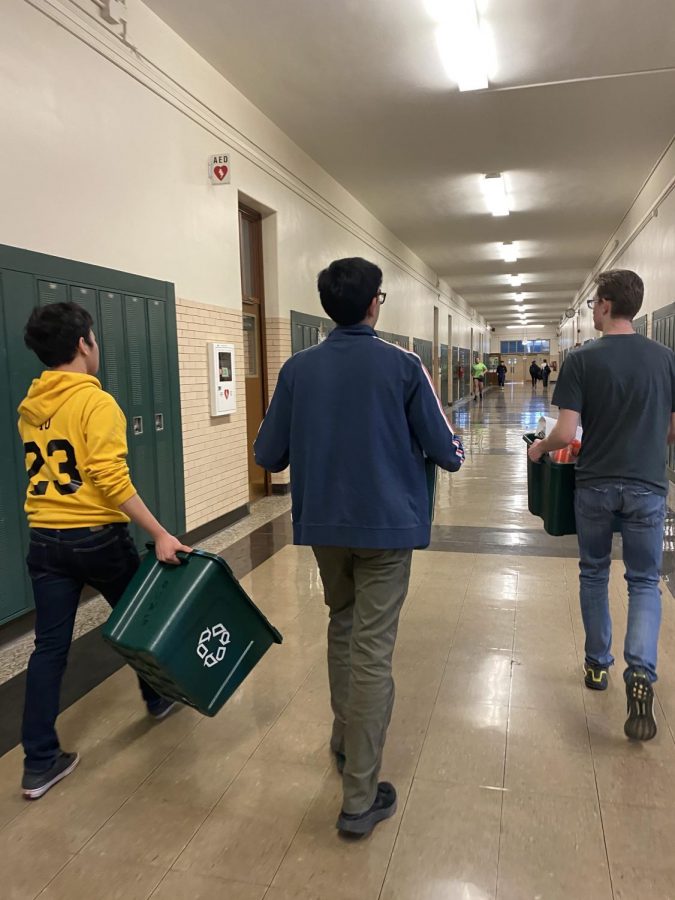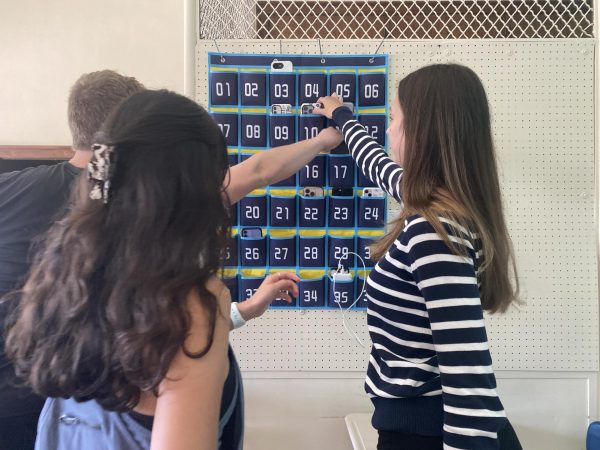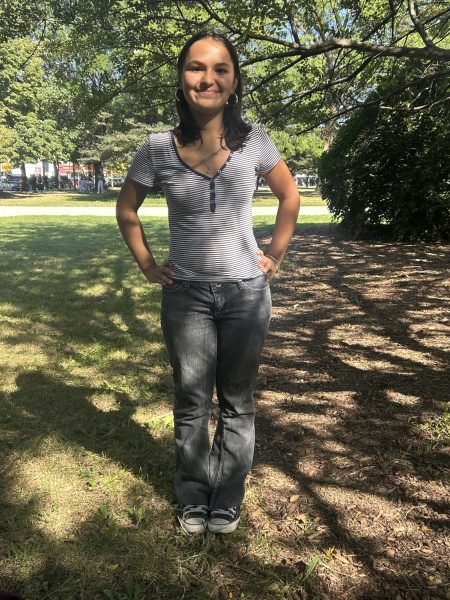Environmental activism is for everyone, even teens
Members of Environmental club can be found walking around Lane collecting trash on Mondays and Fridays, when they meet.
From activists seeking a ban on plastic straws to scientists urging politicians to create policies against climate change, it’s clear that environmentalism has been on the public’s mind lately.
To many, the responsibility of fixing the current environmental crisis may fall onto politicians and corporations, but there is one particular demographic that seems to have seen a surge in environmental activism: teenagers.
One reason for this could be social media. Social media sites like Instagram and Snapchat allow information to be spread and shared with others instantaneously. A 2018 study by Pew Research reported that 72% of U.S teenagers use Instagram and 69% use Snapchat.
But teenagers aren’t just using social media for fun; a study conducted by the British media regulation company Ofcom reported that children aged 5 through 15 were more likely to use social media for activism in 2019 than they were in 2018, a phenomenon they dub “The Greta Effect.”
Greta Thunberg, a 17-year-old activist from Sweden, is one of the people who helped spark a huge environmental movement in 2019.
Since making headlines for her environmental protests, Thunberg has spoken at a UN Climate Conference, has been named Time Person of The Year and has been nominated for a Nobel Peace Prize. There’s no question that she’s engrained herself within the public’s consciousness, with her notability extending from Congress to Instagram.
However, many Lane students have been practicing environmentally friendly habits even before Thunberg gained fame.
For example, Xochil Craig-Santiago, Div. 060, said she has always been environmentally conscious.
“I know that I was raised in a way that we always thought about sustainable options, and we shopped at farmers’ markets and we tried to shop locally,” Craig-Santiago said.
Craig-Santiago said that she has noticed that environmental activism has become a trendy topic recently, especially among teens. She partially credits this to social media.
“Information is more readily available now with social media and someone posting something on their Instagram story with a link and then people just click on it and learn something new,” Craig-Santiago said. “There’s so much more information now that it’s really hard to be ignorant.”
While Craig-Santiago believes that it can be good for teens to be environmentally active, she said it can be hard for everyday people to make real change.
“It’s really corporations and big companies that create a lot of waste, and really one person’s straw, even if you use the straw every day, it might make you feel guilty, but it doesn’t impact that much,” Craig-Santiago said.
While it might seem like the everyday person can’t make a difference, Environmental Club, which has been at Lane for nearly 10 years, has found small ways students can make an impact.
In addition to helping raise awareness for environmentalism, Environmental Club collects recycling around the school and encourages students to find ways to be more environmentally active.
Mr. Polley has been the sponsor of Environmental Club since he inherited it from a science teacher four years ago. Polley is very passionate about environmentalism and was president of his high school’s environmental club.
“It’s something that is a deep concern,” Polley said. “I think that we already use too much paper in high school and I don’t think that Chicagoans and maybe even highschoolers take it as seriously as I do.”
While Polley cares deeply about environmentalism, he said that his main goal as sponsor is to let students learn how to be responsible leaders.
“It’s important for us to take responsibility to not just be filling up our landfills,” Polley said. “That means that I need to be a leader for the kids, to instruct the next generation.”
Polley achieves this by allowing his students to lead the club and make their own decisions.
Julian Zea, Div. 052, joined Environmental Club freshman year and this year he took on a leadership role as president of the club. But even before becoming a part of Environmental Club, Zea was involved in environmentalism, partaking in volunteer groups and projects during elementary school.
“With being president there comes this responsibility,” Zea said. “Not only do you have potential to really make change, but there’s also that responsibility for having that potential.”
While Environmental Club as a whole focuses on big picture things, like helping Lane recycle, Zea said that members do a lot to raise awareness.
“We go out on our own, really, and kind of establish the fact that environmentalism is an important part of our society, especially now,” Zea said.
Zea said that he believes there are a lot of things teens can do for environmentalism, and the small things we do can have an impact.
“It’s the little things that count,” Zea said. “You don’t have to be a part of a global organization, you don’t have to be a millionaire to make change, it’s just do[ing] what you can when you can and something good will come from it.”
Your donations directly fund the Lane Tech student journalism program—covering essential costs like website hosting and technology not supported by our school or district. Your generosity empowers our student reporters to investigate, write, and publish impactful stories that matter to our school community.
This website is more than a publishing platform—it's an archive, a research tool, and a source of truth. Every dollar helps us preserve and grow this resource so future students can learn from and build on the work being done today.
Thank you for supporting the next generation of journalists at Lane Tech College Prep!
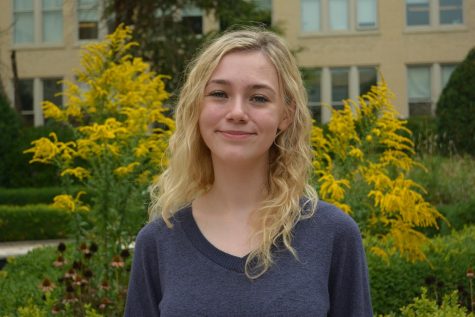
Monika Meyers is a senior at Lane. This is the second year she has taken Journalism and is a Features editor for The Warrior. She enjoys reading, hanging...
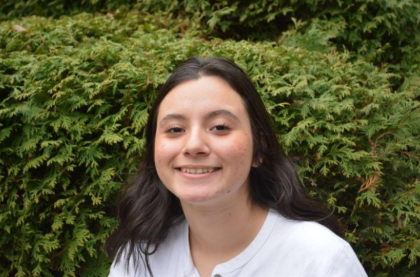
Stephanie is a senior in her second and final year with The Champion (formerly The Warrior). As a member of Glee Club, she loves to sing and jam out to...

